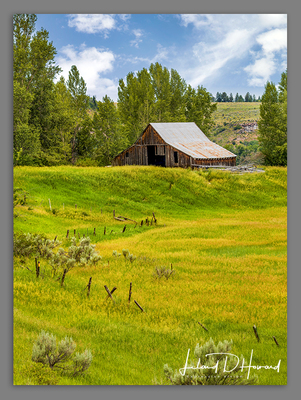Sale on canvas prints! Use code ABCXYZ at checkout for a special discount!

Raw files are lifeless data. So they require some sort of processing to get an image similar to how the human eye perceives color, and shadow and highlights detail, clarity, etc. I prefer the word “processing” because it is like processing a negative and printing in an old-style darkroom. I do this processing via software. There are many software versions with a huge overlap in function. I use Hasselblad medium format sensors, so for the screen work, I begin with Phocus since they specifically designed it for these files. The rest of the workflow (screen and field) is image dependent, complex, and as intricate as learning to play a musical instrument, both in a technical and artistic sense. Naming the other software used for screen work in the workflow is kind of meaningless. Here is what is important; Field and screen work are not separate, very much like Ansel Adams’s zone system. It is an artistic workflow from field to screen to the ultimate piece that functions as one. This comparison is important for many reasons, including—regardless of the quality of camera systems today, the sensors are very limited compared to the human eye, and I frequently push the limits.